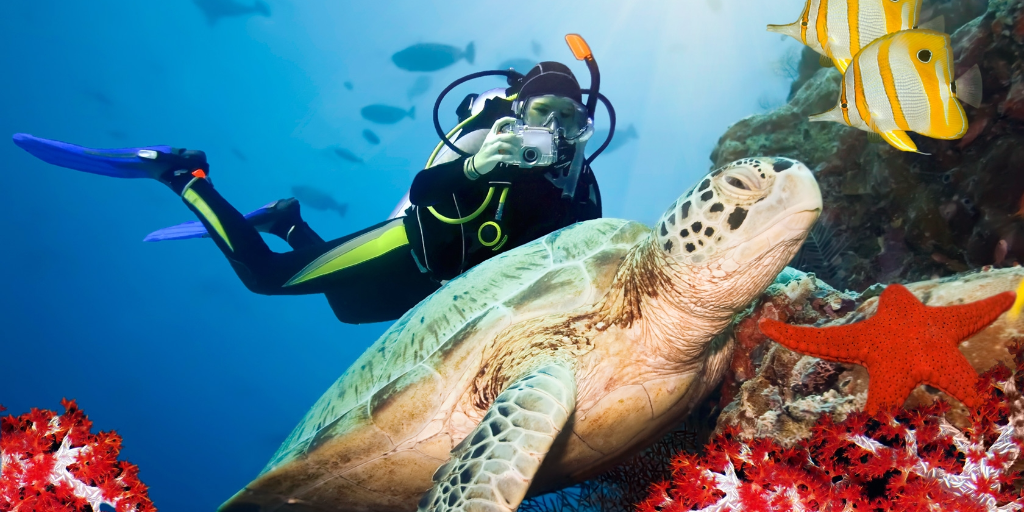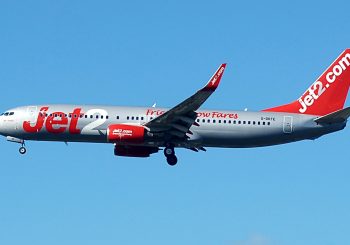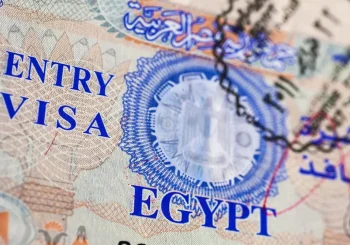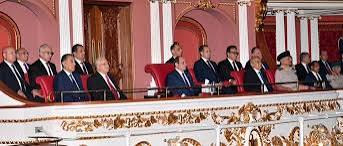“I call it the destruction bridge.”
This is how Samer Aly, a diver who has been living in Sinai for thirty years, described the recently revived project to connect Egypt’s Sinai Peninsula with Saudi Arabia. Murmurs about building the fifty kilometer bridge emerged in the 1980s and then again in 2008. President Hosni Mubarak had turned it down, only for the idea to resurface in 2013 at the time of his successor Mohamed Morsi. Numerous accounts of how the bridge would kill marine life have been recorded throughout this time.
2016 is in many ways a landmark year for global environmental efforts. This year, the United Nations Development Programme have launched seventeen Sustainable Development Goals, of which the fourteenth is Life Below Water, which concerns itself with sustaining marine resources and habitats. According to this goal, we should be aiming to “sustainably manage and protect marine and coastal ecosystems.” Yet according to Yale University’s Environmental Performance Index, the most comprehensive global environmental assessment to date, Egypt ranks only 116 out of 180 for its performance on biodiversity—and this is a problem when the Red Sea’s marine life is such an important global habitat. (See BECAUSE’s run-down of all the EPI’s findings for the MENA region here.)
The bridge would transport travelers between the two countries in twenty minutes. It’s this factor that leads Ayman Ashour, an Egyptian businessman with a love for Sinai, to make the business case for the bridge. He said that Egypt’s competitiveness as an exporting nation is improved through better rail and road links. In addition, it will improve Egypt’s livelihood as a tourist destination.
He considers the environmental risks to be minimal. “On economic and environmental grounds I am 100% for a bridge solution. My main concern is care during construction stages not to damage the reef,” he told BECAUSE. He believes this will not happen, because “… the actual bridge would never be over the reef itself because you need the foundation to be at the sea floor.”
Christian Voolstra, the head of coral reef genomics at the Red Sea Research Center at the King Abdullah University of Science and Technology, countered this argument.
“Just because the bridge is not built on an actual coral reef doesn’t mean the ecosystems are not affected,” he pointed out. “Take, for instance, hotel resorts at beaches: they aren’t built on coral reefs but the construction debris and sewage coming from these hotels does strongly affect nearby reefs.”
On the official level, studies of the bridge’s environmental impact have not been conducted yet, an Environment Ministry official, Billy Hatab, said on a TV show on Sunday. However, Hatab said that building a suspended bridge would avoid the impact of a regular one.
Samer Aly also added that laying the foundation of the bridge can damage the reef. Even if construction machines don’t reach the corals—not a guarantee—the vital waterborne oxygen that sustains corals can be blocked by dust and sand falling on the reef, and the spillage of wet cement, whose chemicals also leach into the ecosystem.
For Voolstra, the simplest argument is that many things are connected in ecosystems. Thinking ahead, he pointed to the permanent effect of the bridge. “What needs to be taken into account is long-term noise, light, and garbage pollution from cars passing the bridge,” Voolstra said.
Again from the business perspective, Ashour pointed out that other means of transport can also be damaging. “You can reject a bridge and approve ferryboats, without measuring the [environmental] consequences of both.” The pollution from ships, especially plastic and fuel is killing sea life, he said. In addition, he supposes that the bridge will reduce the current pollution and damage caused by the ferry crossings from Nuweiba to Aqaba. A few years ago, the lines of trucks carrying Egyptian exports to Aqaba, and from there to Jordan, Saudi, Iraq and Syria, used to line up for miles and miles.
But Voolstra counters this argument. “… You reduce ship-caused damage at this site, [only] to increase it at another site.” And as Aly also explained, the site of the planned bridge is far from Nuweiba. Construction is planned over the islands near Sharm El Sheikh, and given the new location there is no guarantee the ferry traffic will automatically convert into bridge traffic.
“Probably everybody agrees that this construction will have some effect on the marine life and ecosystems in the area,” says Voolstra. “Why not try to assess as precisely as possible what effect that is and how to minimize it?
“Projects like these present an opportunity to make things right and build this in the ecological most friendly way. This would be a huge incentive in regard to public awareness,” the professor stated. “Somebody has to step up and be a role model.”







Comment (1)
[…] Environmental Impact of the Egypt-Saudi Bridge[3] […]